How To Get Rid of Squirrels From Your Greater Toronto Area Attic
Squirrels In Attic Removal
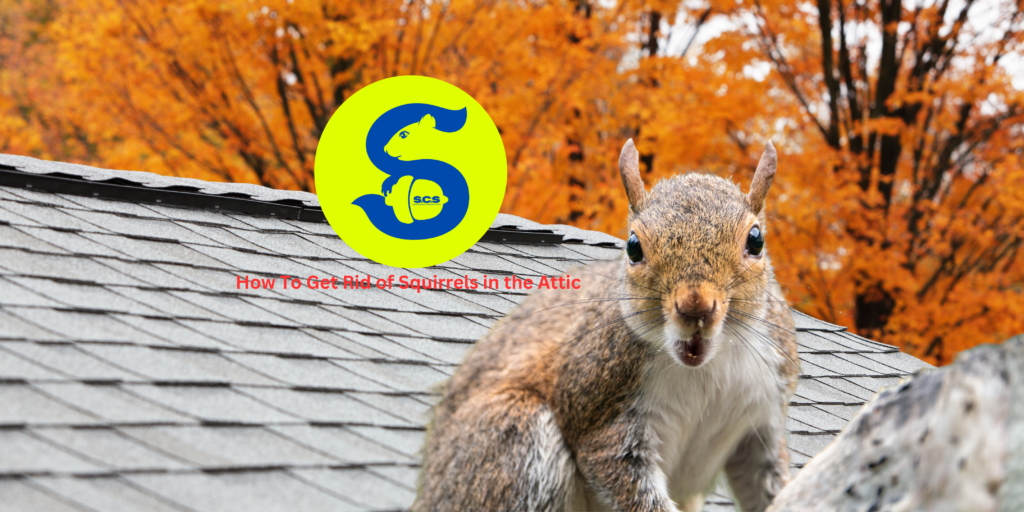
Having squirrels in your attic can be more than just a nuisance—it can lead to significant property damage and potential health risks. If it happens to be a mother squirrel with her baby squirrels up there, an attic search could be done to find them. Addressing this issue promptly and effectively is crucial. This article provides a comprehensive guide on how to get rid of squirrels in the attic, from identification to prevention and everything in between.
Identifying Squirrel Infestation
Signs of Squirrel Infestation in the Attic
Before taking action to get rid of and deter squirrels away, identifying squirrel activity is crucial to ensure that squirrels are indeed the culprits and consider seeking squirrel control services. It might not be squirrels in the attic, but rather, it could be mice or rats. If other rodents are up there, consider searching for your area’s top pest control companies. Common signs for squirrels include:
- Scratching and scurrying noises like running and chewing sounds, especially during early morning or late afternoon.
- Droppings are resembling those of rats but slightly larger, possibly unpleasant odours.
- Squirrels leave chew marks on wires and wood and in insulation.
- A squirrel in your attic will make nests from insulation, leaves, and other materials.
Types of Squirrels Commonly Found in Attics
Gray squirrels, flying squirrels, and red squirrels are the most common squirrels that invade attics. Understanding which type is in your attic can help you choose the most effective removal method.
Squirrel Removal Cost
- Removal: One-Way Door, Trapping
- Repair: Shingles, Vents, Soffit
- Prevention: Reinforce Vulnerable Areas
Understanding the Risks
Health Risks
The presence of squirrels in your attic can pose significant health risks. Squirrel urine can contaminate surfaces and air quality, leading to potential health hazards. If you’ve wondered, “How many squirrels could be up there?” the answer might be more than you think, especially during the breeding season. A trapped squirrel could become frantic, causing even more damage to your home’s insulation and wiring. Decaying squirrels hidden within your walls or attic space can also spread diseases such as leptospirosis, salmonella, and tularemia. Their droppings and urine further contaminate the area, creating an unsafe environment for you and your family. Addressing this issue promptly with effective squirrel control is crucial to deter squirrels from your property and maintain a healthy living space.
Squirrel Damage in Attic
Having squirrels on your roof may seem harmless, but the risks of property damage are significant. Often, you’ll find a squirrel nest in the attic and on the roof, where their constant chewing habits can become a serious issue. One of the most dangerous consequences is their tendency to gnaw through electrical wires, which can create a severe fire hazard. Additionally, squirrels can damage insulation and wooden structures, leading to costly repairs. To mitigate these risks, it’s crucial to address the problem promptly by contacting one of your area’s best pest control companies (wildlife control). Removal and prevention measures can protect your home and save you from expensive future damages.
Why Squirrels Enter Attics
Common Reasons for Squirrel Infestation
Squirrels in your attic can quickly become a nuisance, and understanding why they choose your home is crucial for effective squirrel removal. These agile creatures often seek out attics as an entry point because they provide warmth, safety, and ample shelter—especially during the cold months. An attic offers an ideal environment for a mother squirrel to raise her baby squirrels, creating a cozy nesting spot that protects them from predators and harsh weather. While squirrels eventually leave when their young are older, they have a remarkable memory and often return to the same location. Therefore, making squirrel removal a priority is essential to ensure they don’t become repeat visitors. Identifying and sealing off potential entry points can help prevent future infestations, keeping your home safe and squirrel-free. Additionally, making your attic squirrel-proof is crucial to prevent these persistent creatures from gaining access again.
Seasonal Patterns
Squirrels are most likely to invade your attic in early spring and fall, when they are preparing for winter and raising their young.
Preventive Measures
Securing Entry Points
Preventing squirrels in the attic is crucial for maintaining the integrity of your home. Start by securing entry points such as gaps in the roofline, roof vents, and chimneys. Use wire mesh, caulk, or hardware cloth to seal these openings effectively. Installing a chimney cap can also prevent squirrels from entering through the chimney. When securing your attic entrance, consider using a one-way door, which allows squirrels to exit but prevents re-entry. Always check for babies before sealing any exits to ensure the entire family is out. These preventive measures allow you to keep attic squirrels out and protect your home from potential damage through effective squirrel exclusion.
Using Squirrel Repellents
Using squirrel deterrents can be an effective way to make your attic less attractive to these persistent rodents. There are a variety of natural and commercial squirrel repellents available. Natural options include peppermint oil, mothballs, rags soaked with apple cider vinegar, coffee grounds, garlic, and a mixture of cayenne pepper with water. These substances are known to repel squirrels due to their strong scents and irritating properties. On the commercial side, products like predator urine can also be used as squirrel repellents. However, it is important to consider the humane aspects of how such products are sourced before purchasing a commercial squirrel repellent. Using these deterrents, you can create an environment that discourages squirrels from making your attic their home.
Humane Eviction Methods
One-Way Exclusion Doors
Install squirrel exclusion devices, such as one-way exclusion doors, that allow squirrels to exit but not re-enter. This is an effective and humane way to perform squirrel eviction without harming them.
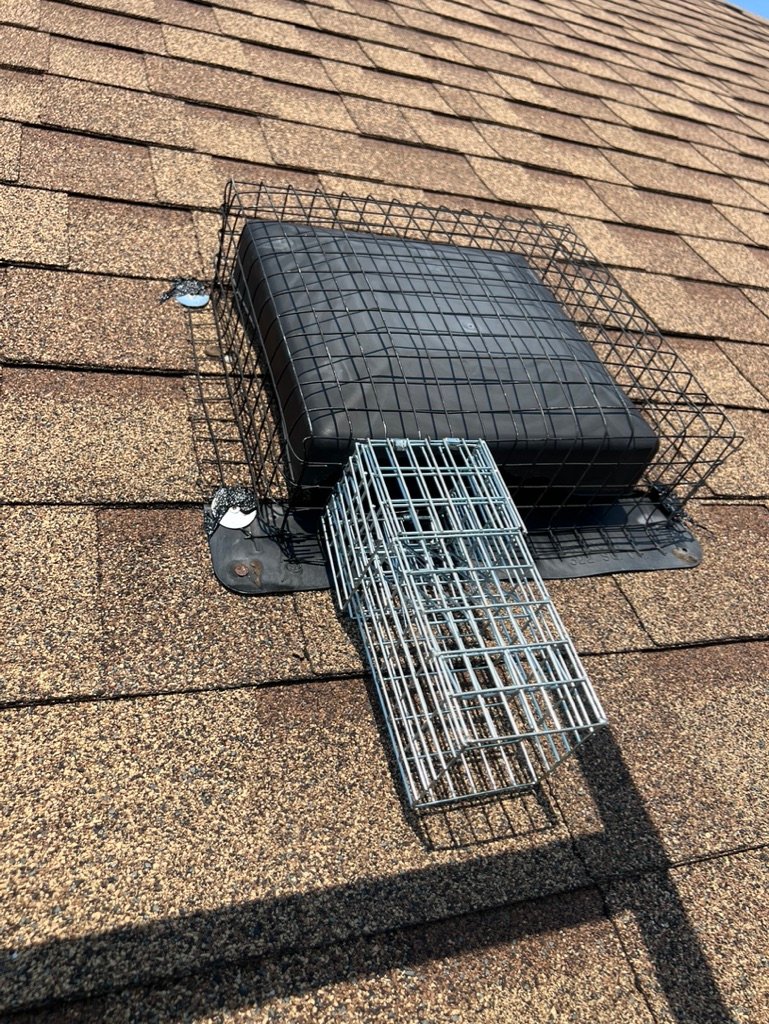
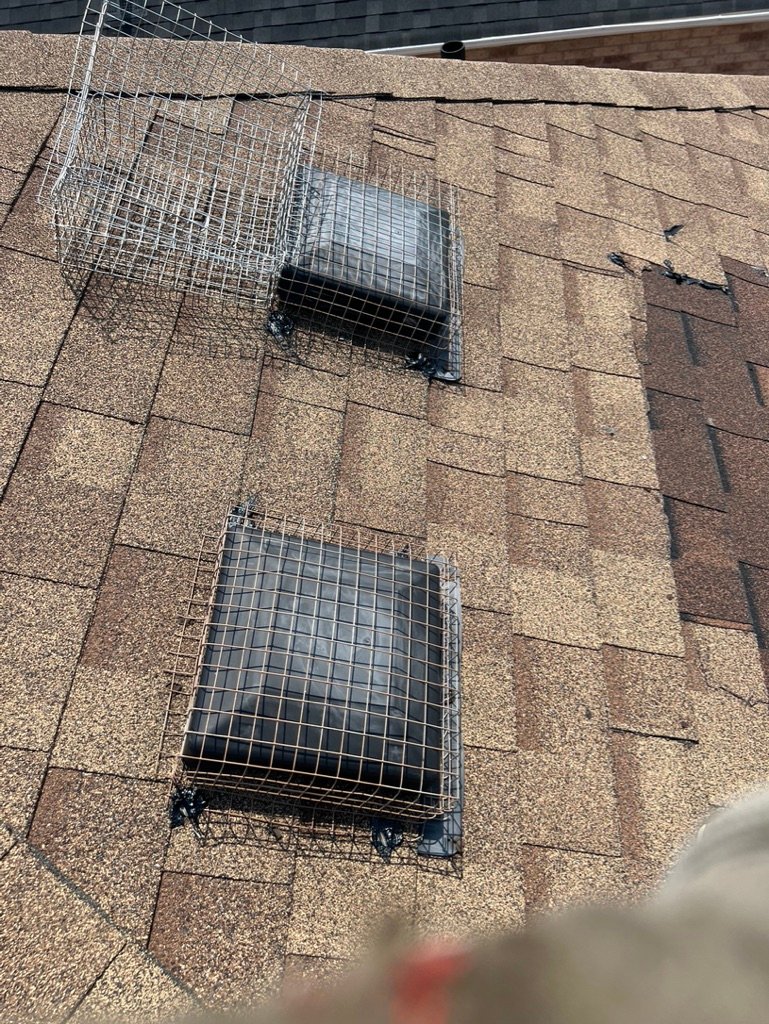
Repellents and Natural Deterrents
Use repellents such as capsaicin or predator scents to encourage squirrels to leave. These methods can be effective when combined with securing entry spots.
Trapping and Relocating Squirrels
Choosing the Right Traps
If eviction methods fail, you may need to use live squirrel traps. Choose the right size and type of trap to ensure the squirrel’s safety.
Safe Handling and Relocation Tips
Once trapped, handle the squirrel with care to avoid injury. To prevent it from returning, relocate it at least 10 miles away from your home.
Hiring Professional Help
When to Call a Professional
If you cannot remove the squirrels yourself, or if the infestation is severe, it’s time to call in squirrel removal services. They have the expertise and tools to handle the situation safely and effectively. Keep in mind that attic squirrels can fit through a hole no bigger than an inch and a half in diameter and can be hard to locate on your own.


What to Expect from Professional Services
Professionals will inspect your home, identify entry holes, remove the squirrels, and offer repair and prevention services. Ensure they use humane methods.
Repairing and Sealing Entry Spots
Materials Needed
To repair and seal the entry hole (s), gather materials such as wire mesh, caulk, wood, and metal flashing.
Step-by-Step Guide to Sealing Areas of Squirrel Damage
- Identify all potential entry points for squirrel exclusion.
- Clean the areas around the openings.
- Apply caulk or sealant to small cracks and gaps.
- Cover larger holes with steel mesh or hardware cloth.
- Secure vents and chimney caps with appropriate covers.
Cleaning Up After Squirrels
Dealing with Droppings and Urine
Wear protective gear when cleaning up squirrel droppings and urine. Use disinfectants to sanitize the area and dispose of contaminated materials properly.
Repairing Damages
Inspect for chewed wires, damaged insulation, and structural damage. Make necessary repairs to ensure your attic is safe and secure.
Preventing Future Infestations
Long-term Maintenance Tips
Regularly inspect your home for signs of new squirrel activity or damage to your roof, and trim tree branches away from the roofline to reduce access and discourage squirrels. If you have bird feeders in your backyard, switch out sunflower seeds for safflower seeds—squirrels do not care for this particular bird seed. Additionally, consider implementing squirrel-proof features on your bird feeder, such as baffles or weight-activated mechanisms, to further deter squirrels from invading your property. Using squirrel-proof bird feeders can also help prevent future infestations.
Regular Inspections
Schedule periodic inspections with a wildlife or pest control specialist, especially during spring and fall when baby squirrels are born, to catch any signs of squirrel activity early. A female squirrel will be extra determined to get inside when she’s pregnant, as protecting her young is her top priority.

Using Technology to Keep Squirrels Away
Ultrasonic Devices
Squirrel deterrents like ultrasonic devices emit unpleasant sounds that can scare squirrels away, but they are inaudible to humans. These devices can be effective in deterring squirrels from entering your attic.
Motion-Activated Sprinklers
Install motion-activated sprinklers around your home’s perimeter to scare squirrels and other wildlife.
Legal Considerations
Wildlife Protection Laws
Before removing or relocating squirrels, be aware of local wildlife protection laws. Some species may be protected and require specific handling procedures.
Ethical Considerations
Always opt for humane and ethical methods when dealing with wildlife. Avoid lethal traps and ensure relocated squirrels have a chance to survive in their new environment. Do not get rid of squirrels far from where they were caught – release squirrels less than a kilometre away.
Common Mistakes to Avoid
Ineffective Methods
Avoid using ineffective methods such as ultrasonic repellents alone, as they may not work on all squirrels. Combining multiple methods usually yields better results. Chicken wire is another ineffective tool against squirrels—they can chew right through it.
Dangerous Practices
Never use poison or lethal traps, as these can harm squirrels, pets, and other wildlife and pose health risks to humans.
Conclusion
Dealing with a squirrel infestation in your attic requires a combination of preventive measures, humane eviction methods, and ongoing maintenance. You can keep your attic squirrel-free by understanding the risks, securing areas of entry, and using appropriate deterrents. Remember, when in doubt, seek professional help to ensure the safety and effectiveness of the removal process.
FAQs
What is the best way to seal entry points? The best way to seal attic openings or entry points is to use materials like steel mesh, caulk, and metal flashing. These are durable and prevent squirrels and other animals from chewing back through.
Are there any natural repellents that work? Natural repellents like peppermint oil, mothballs, coffee grounds, garlic, and apple cider vinegar can effectively deter squirrels.
How can you tell if the squirrels are in your attic again? Listen for noises in the attic, check for recent squirrel droppings, and inspect for squirrel damage to insulation or electrical wiring.
Is it safe to handle live traps myself? Yes, it’s fairly safe, but it’s not recommended since your squirrel problem won’t be solved by taking them away individually. The population of these wild animals is too great, and you could catch other squirrels every day for a year and still see them around your property. Using live capture traps also requires caution, as you could be separating a mother squirrel from her babies. If you must set a live trap in the attic, do a visual check inside for babies first, and wear gloves and handle the traps carefully to avoid injury to yourself and the squirrel. It is advised to release squirrels less than one km away.
What should I do if a squirrel is stuck in the trap? If a squirrel is stuck, carefully release it following local wildlife regulations. If you are unsure, contact a professional for assistance.
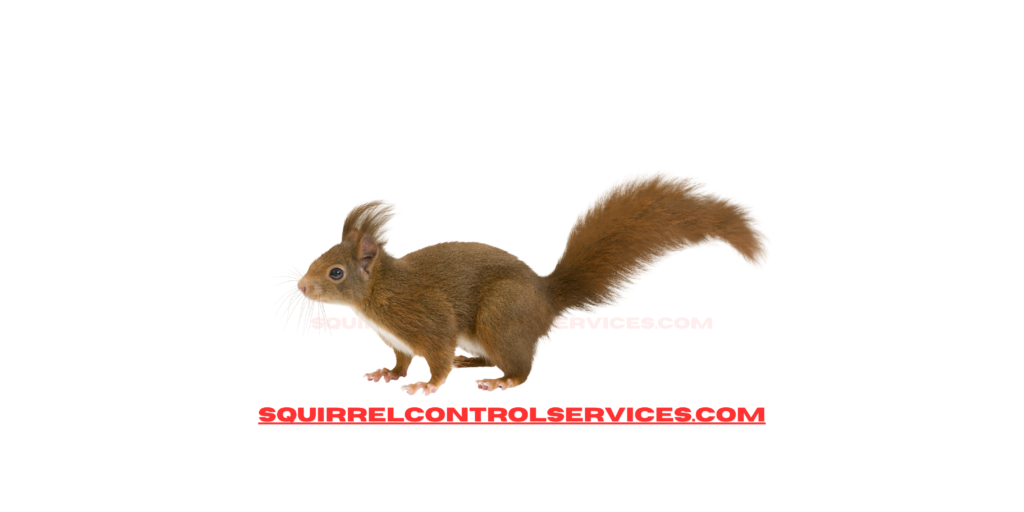
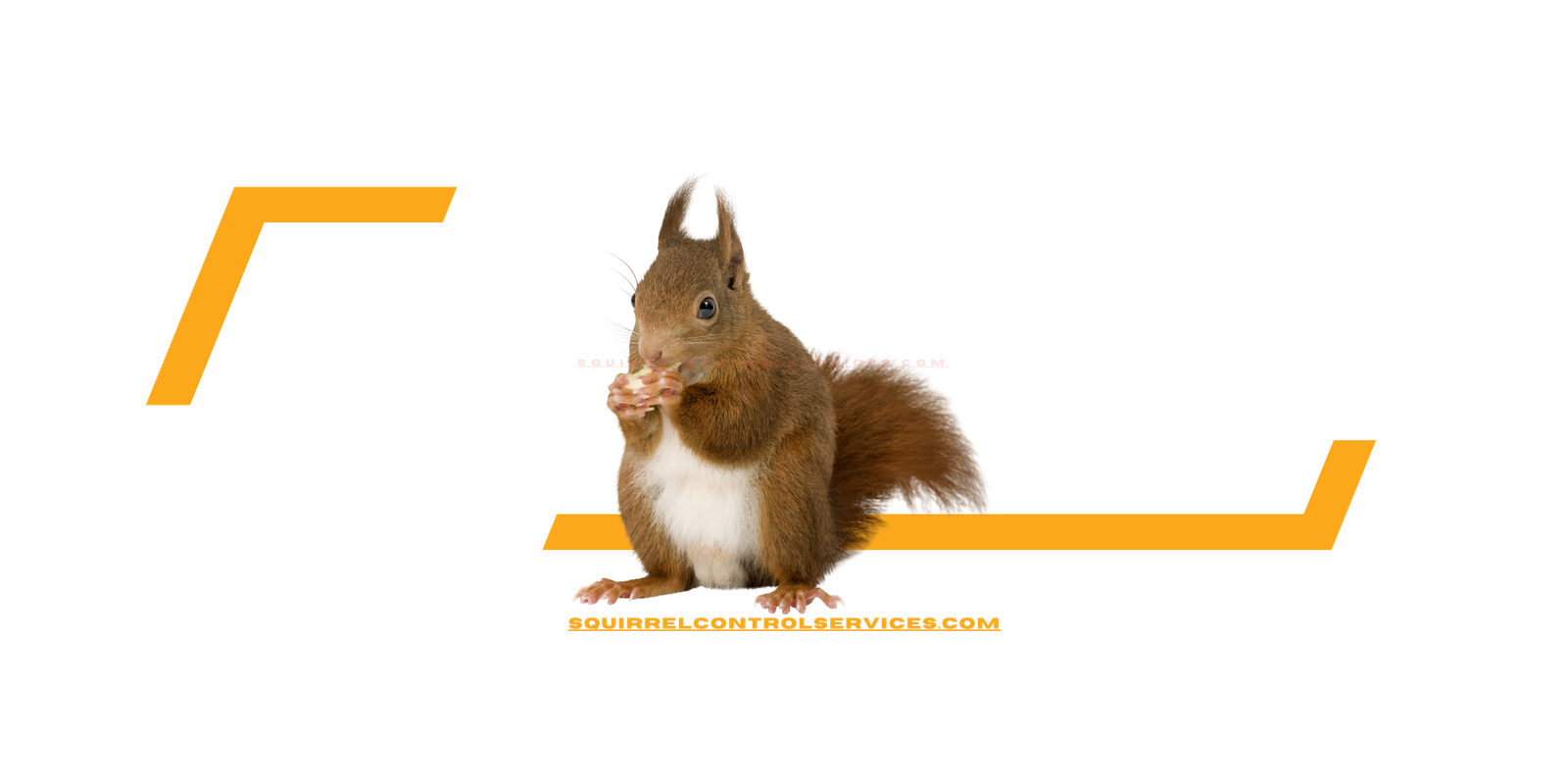
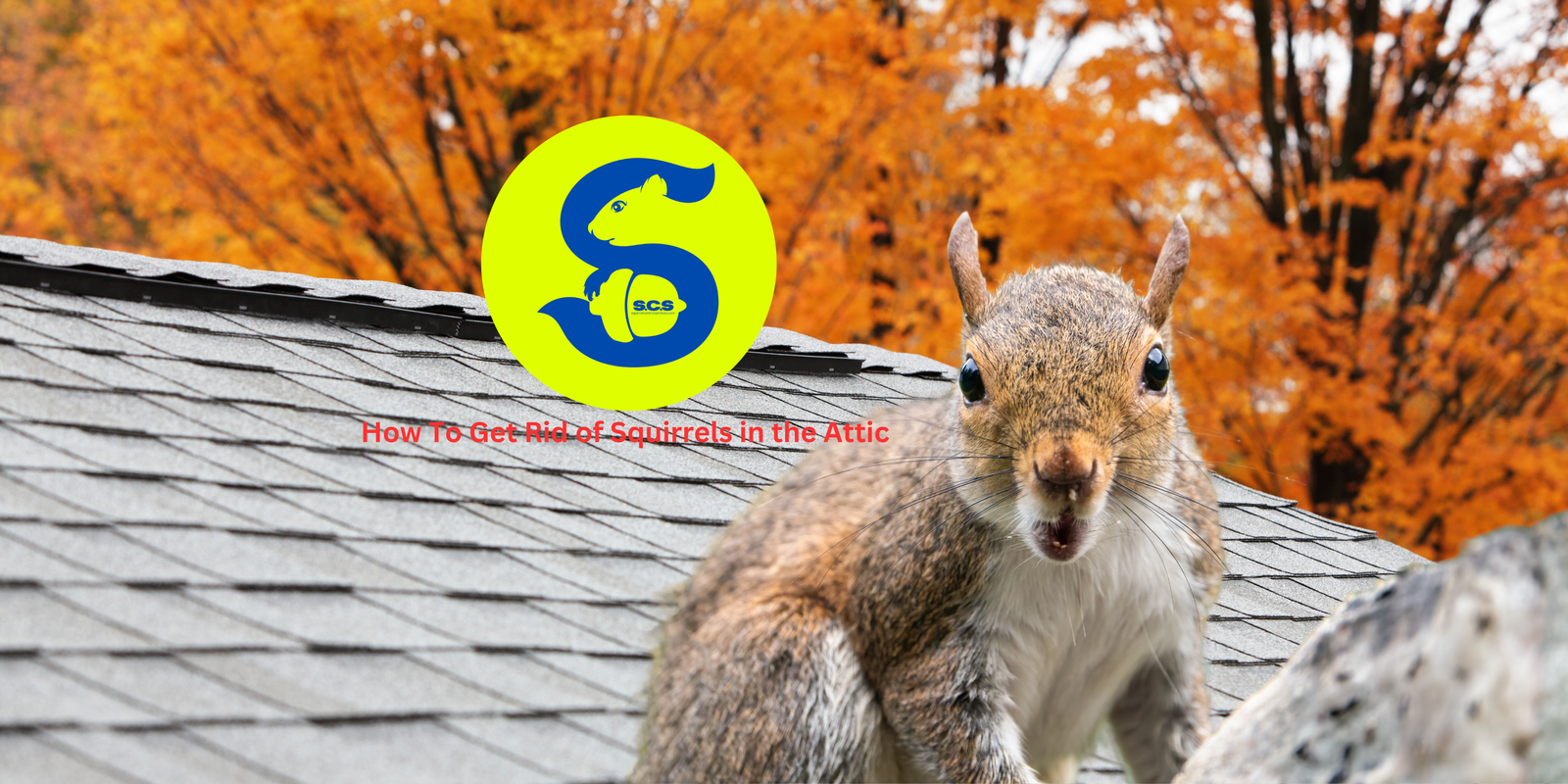
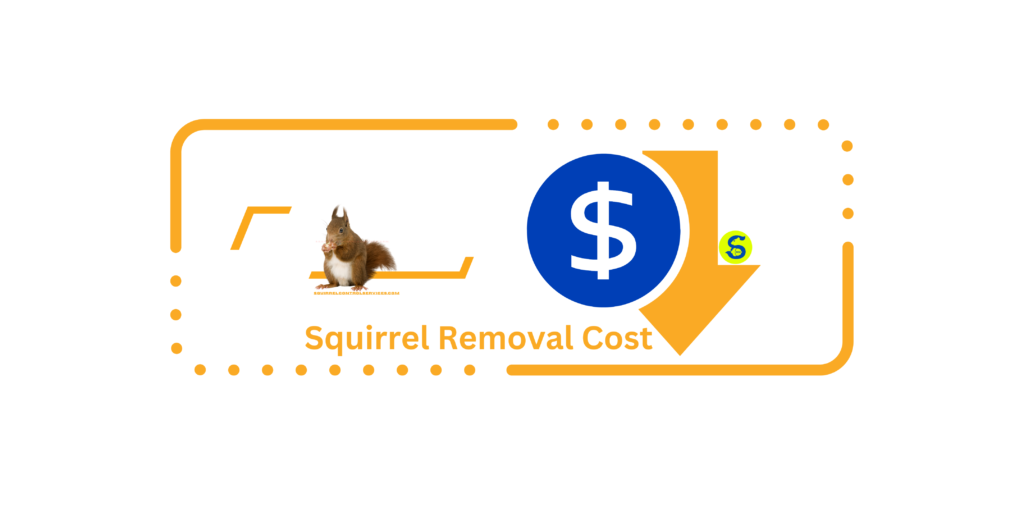
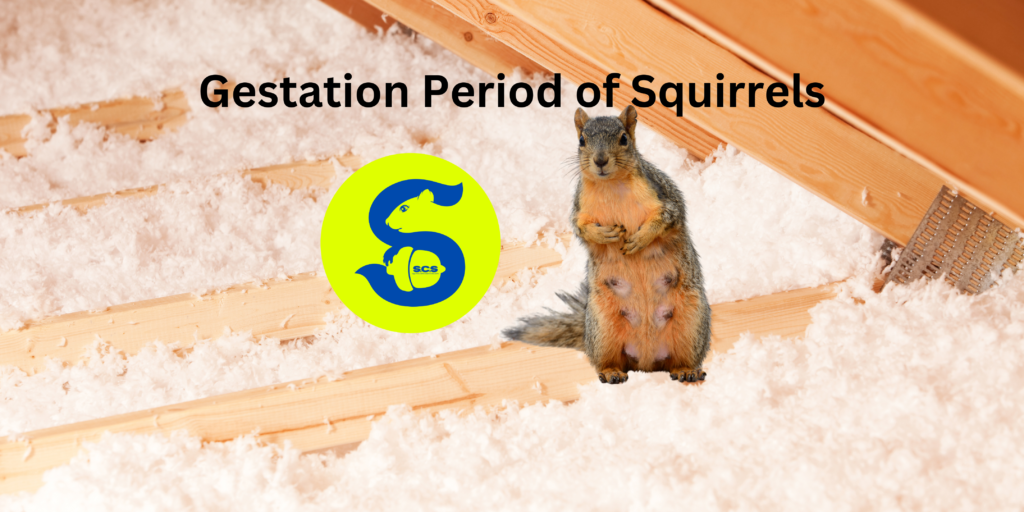

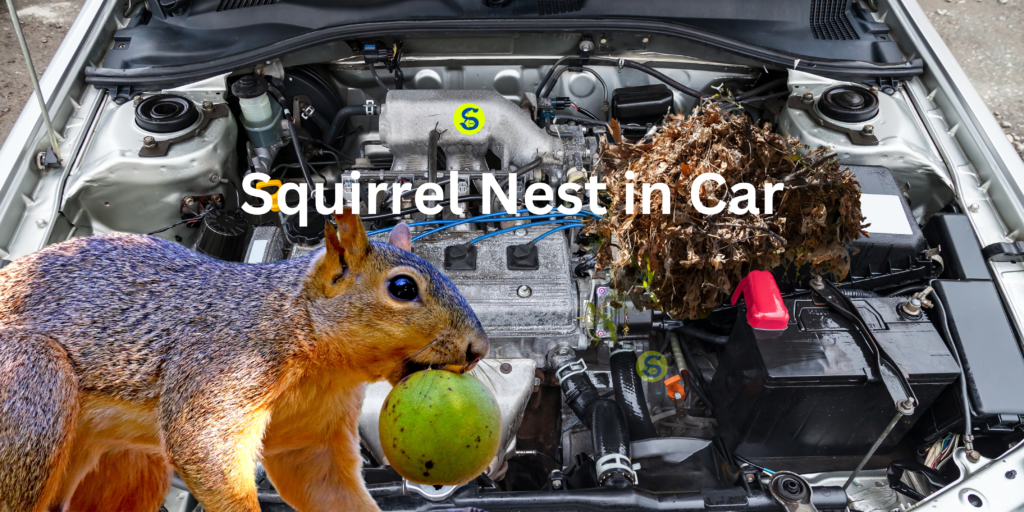
Comments are closed.